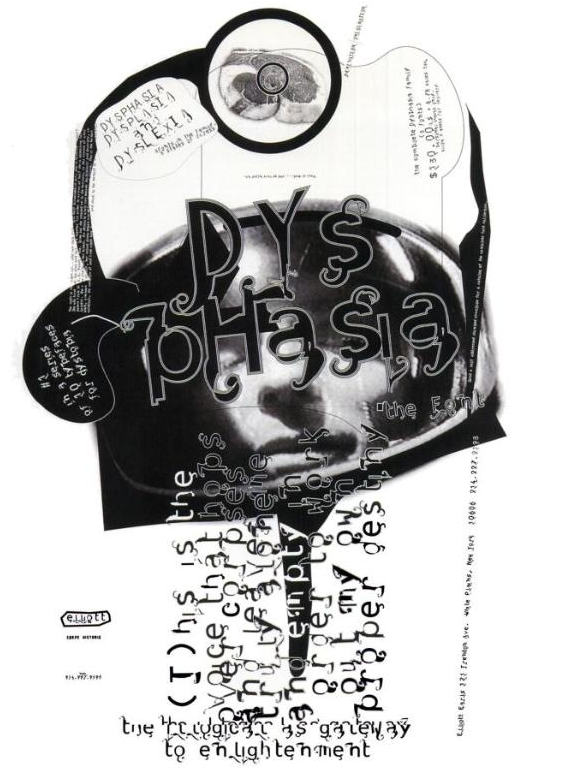Every now and then, I’ll always come back to this blog to throw out some ideas. I’ve been doing a lots of reading, sometimes I understand what I read and other times it all seems vague to me. Of course no doubt they’re all interesting to read, regardless whether I could understand or not what the author tried to say. There’s few particularly who caught my attention. Stuart Hall, on cultural representation and meaning, is one of the very interesting readings at this time for me. The theories of representation and approaches explaining “how representation of meaning through language works” interest me very much. Questions like “Where do meaning comes from?” and “How can we tell the ‘true’ meaning of word and image?” take my thought away for a while.
The interesting parts of this is not so much about the object. It’s about the meaning and the representation of the meaning itself. Did you ever go out of your own ‘world’?. Our meaning of world are very subjective, depending on where we come from, experiences we have, and education we get. My meaning and understanding of world is so much different now than ten years ago. I spent 27 years in Malaysia and half of my age in Penang. That’s my world. People, culture, languages, food, religions and the way of life are part of my world. I’m not saying that we are not connected to other world. We watch TV’s, listen to radio, we have overseas magazines and books, we watch movies at the cinema, etc. All this doesn’t really give much meaning to me. It’s stereotyping my meaning of other world if I could say that. I would look at others that are not part of my world as western world.
Until I travelled far, far out of my ‘world’ and tried to get to the other world then this particular meaning of other ‘stereotype world’, in my contexts is the western world started to change. Meaning comes with the experiences and understanding of the cultural practices behind it. It’s not only what you see visually but also the meaning behind it. I saw and read many overseas materials when I was in Malaysia. I imagined many different situations with it. But imagination is unlimited. It has led me to a dreamland. Until I feel, experience and taste it myself then it will become reality. Then the meaning changes. Perceptions and information exchange. How far can meaning and perceptions go with certain information? To what extend until it stops and gives another meanings? My meanings of the western world have changed through my feel, look, experiences and way of life.






